London Through the Lens: A Cinematic Expedition Across the Capital
London, a city steeped in millennia of history yet perpetually buzzing with contemporary dynamism, has long served as an irresistible canvas for filmmakers worldwide. From intense, gritty crime sagas to whimsical, fantastical adventures, the capital’s diverse architectural tapestry, iconic landmarks, and hidden nooks have profoundly shaped some of cinema’s most indelible moments. Join us on an immersive cinematic odyssey, exploring the myriad ways directors have artfully captured London’s unique and multifaceted spirit.
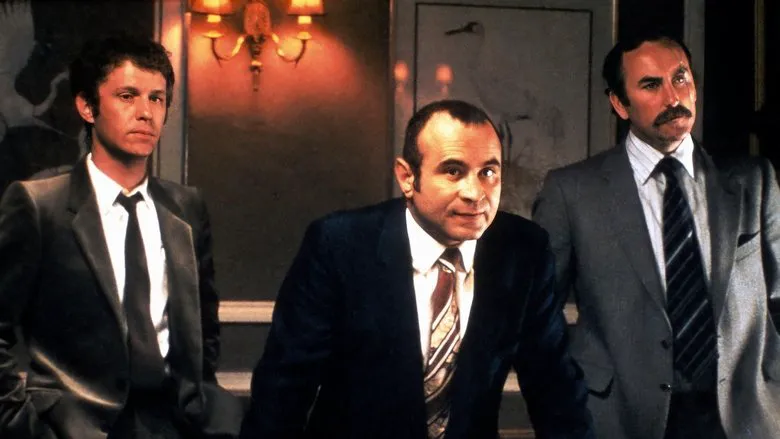
Unveiling London’s Diverse Characters
1. Sherlock Holmes
Guy Ritchie’s Sherlock Holmes fully immerses viewers in the grimy, yet captivating, atmosphere of Victorian London. Far from a mere backdrop, the city becomes a character in itself, with extensive on-location filming showcasing many of London’s most iconic, albeit period-transformed, streets. Ritchie’s distinctive directorial style injects a vibrant, almost bohemian energy into this historical setting, ensuring that the brilliant yet often chaotic duo of Sherlock Holmes and Dr. Watson appear undeniably cool amidst the intricate web of period intrigue and frantic action.
2. Notting Hill
The quintessential romantic comedy Notting Hill beautifully frames the titular West London district, even if it only scratches the surface of the area’s true cultural melting pot. A prominent feature is the very real Portobello Road, home to the travel bookstore owned by Hugh Grant’s character, William Thacker. Although the charm of the real-life that inspired the film sadly closed its doors in the early 2000s, the film immortalizes its spirit and the picturesque allure of the neighborhood.
3. From Hell
Journeying into a much darker corner of London’s past, From Hell plunges into the terrifying depths of the Whitechapel district during the Victorian era. The film painstakingly recreates a nightmarish landscape of clandestine opium dens, perpetually grimy streets, and the constant, chilling threat looming over impoverished prostitutes. Production designer Martin Childs’ meticulous recreation of Whitechapel on a massive, sprawling set in Prague offers an astonishingly detailed and haunting glimpse into the city’s brutal underbelly, making the terror feel palpable.
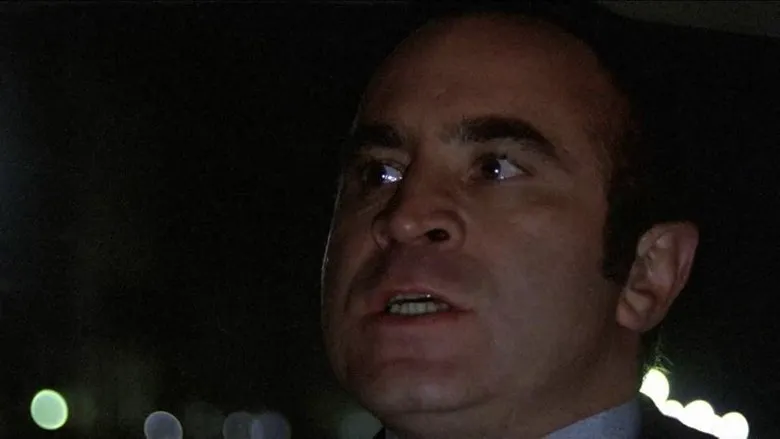
4. V for Vendetta
A powerful dystopian vision, V for Vendetta masterfully utilizes some of London’s most globally recognizable landmarks, particularly the Houses of Parliament and Big Ben. These architectural titans become symbols of the state and rebellion. Due to the ambitious scale of the scenes, particularly those involving pyrotechnics around such sensitive locations, director James McTeigue faced tight logistical constraints, permitted to film only between midnight and 4 a.m., with traffic closures strictly limited to four minutes at a time, highlighting the challenge of filming blockbusters in a living city.
5. Bridget Jones’s Diary
A charming companion piece to Notting Hill, Bridget Jones’s Diary similarly frames the vibrant Notting Hill area. Additionally, the film prominently features Borough Market, one of London’s oldest and most iconic food markets, adding a lived-in, authentic touch to Bridget’s everyday life. Renée Zellweger famously dedicated months to flawlessly perfecting her idiosyncratic London accent, a testament to her commitment to embodying this beloved character and her urban environment.
6. Bend It Like Beckham
Gurinder Chadha’s heartwarming Bend It Like Beckham brilliantly captures the kaleidoscope of London’s cultural diversity. Set authentically in Hounslow, West London, the film provides a rich and realistic cultural backdrop for the story of Jess, a rebellious Indian girl striving to pursue her passion for football against her family’s traditional expectations. The film also cleverly celebrates David Beckham, transforming him into an enduring icon of modern British culture and aspiration.
7. Happy-Go-Lucky
In Happy-Go-Lucky, Mike Leigh deftly guides his audience through London’s less-explored yet equally distinctive locales. Through the perpetually optimistic eyes of his protagonist, Poppy, the film tours Finsbury Park, Camden Lock’s bustling canalside, the serene Regent’s Park, the eclectic Camden Market, and other often-overlooked but uniquely London spots. This offers a grounded and intimate portrayal of urban life, moving beyond the postcard views.
8. Oliver!
The classic musical Oliver! provides a stark and gritty portrayal of London’s underbelly during the Victorian era. Its depiction of the city is unforgiving, highlighting a dark and dangerous side that could almost convince viewers that a shadowy Fagin-like figure might still be lurking around every fog-enshrouded corner. The film crafts a vivid, albeit unsettling, atmosphere.
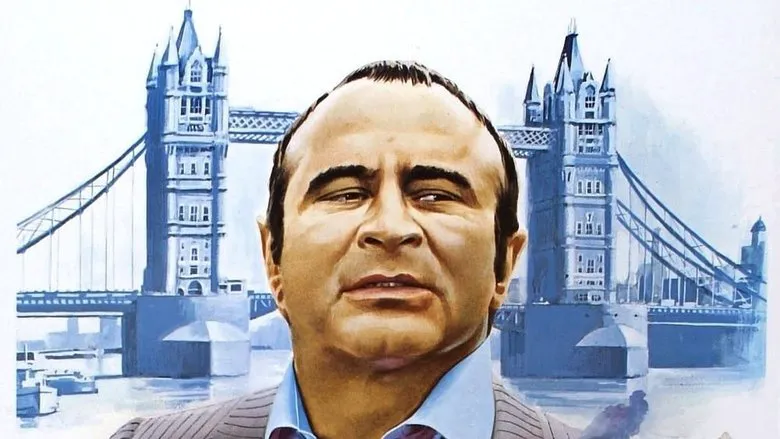
9. An Education
An Education paints a wonderfully vibrant picture of 1960s London, almost too idyllic for a poignant coming-of-age narrative. Specific locations like Carbery Avenue, where Carey Mulligan’s character Jenny lives, and the charming shops along St John’s Parade, perfectly evoke the era’s aesthetic. Director Lone Scherfig expressed admiration for London’s remarkable preservation efforts, which allowed the team to film in surprisingly authentic and untouched locations, adding genuine period texture to the film.
10. Closer
While many films present London love stories through a rose-tinted lens (like Love Actually), Closer offers a sharply cynical and deeply complex portrayal of modern relationships set against the backdrop of the city. The film peels back the veneer to reveal a darker side of urban life, replete with infidelity, betrayal, and unglamorous strip clubs, thereby reflecting some of the more uncomfortable realities of contemporary romance and longing.
11. 28 Days Later…
Even amidst torrential rain, London has never appeared quite so desolate and unsettling as in Danny Boyle’s chilling post-apocalyptic horror film, 28 Days Later…. The director masterfully creates an unnervingly empty city center, fostering a terrifying atmosphere of profound abandonment and silence. This surreal yet terrifyingly realistic vision of London, devoid of human life, feels like a nightmarish scenario brought to vivid, horrifying life.
12. The Bourne Ultimatum
Though The Bourne Ultimatum crisscrosses multiple international cities, it features an absolutely standout, electrifying sequence set within London’s bustling Waterloo Station. In a tour-de-force of suspense, Jason Bourne remotely guides a journalist through the labyrinthine station, brilliantly evading cunning CIA agents in a thrilling cat-and-mouse game against the authentic chaos of one of London’s busiest transportation hubs.
13. Naked
Mike Leigh’s bleak and powerful film, Naked, delves into profound themes of communication breakdown and urban alienation. While it features iconic London streets such as the historically rich Brick Lane, the city itself feels curiously cold and desolate through the cynical and troubled eyes of the protagonist, Johnny, reflecting his internal despair on the external landscape.
14. Wonderland
Michael Winterbottom’s Wonderland offers a raw and intimate dissection of London contemporary life, examining the city’s inhabitants with an almost microscopic gaze. The film subtly suggests that many Londoners employ a facade of cynicism or feigned happiness as a coping mechanism, masking deeper layers of despair, regret, and the universal yearning for connection within the vastness of the city.
15. The Bespoke Overcoat
Set against the quintessential foggy, rainy London backdrop, The Bespoke Overcoat spins a poignant tale of a poverty-stricken clerk whose deepest aspiration is to own a customized, finely tailored coat. This remarkable debut film by Jack Clayton, rooted deeply in the working-class East End, delivers a Gogol-esque social satire, infused with a tragic and almost Kafkaesque undertone, exploring aspirations and class.
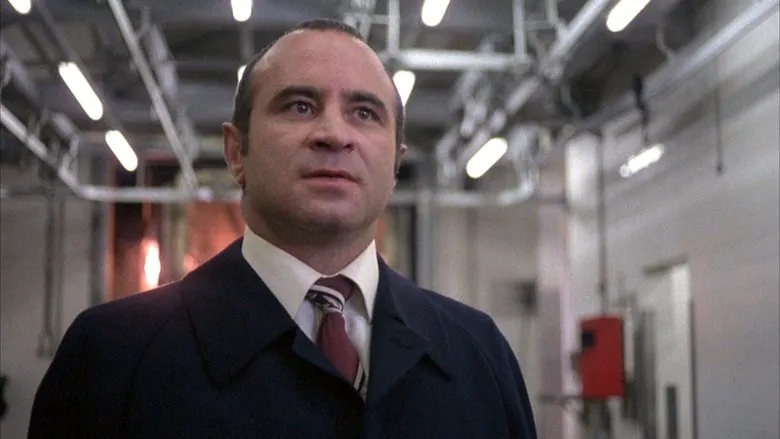
London’s Cinematic Illusions and Realities
16. The Prestige
Surprisingly, Christopher Nolan’s convoluted Victorian thriller The Prestige, while intricately set in London, was largely filmed across the Atlantic in California. Nolan’s remarkable directorial prowess and meticulous set design allowed him to conjure a fully convincing and atmospheric London setting within a Los Angeles studio, showcasing an astounding feat of cinematic illusion.
17. Somers Town
Shane Meadows’ understated drama Somers Town is profoundly rooted in its namesake London neighborhood. Filmed entirely on location in Somers Town, the film organically integrates the area’s unique culture and lived-in atmosphere, allowing it to function almost as a character itself. Meadows found his inspiration for the project during a train journey from Nottingham to London, witnessing the compelling transformations of the urban landscape.
18. Nil by Mouth
Like other unflinching portrayals of urban despair, Gary Oldman’s directorial debut Nil by Mouth is uncompromising in its depiction of extreme elements, including drug abuse, sexual violence, and relentless aggression. The film brutally showcases the chaotic, frequently desperate lives of working-class Londoners and addicts within the unforgiving East End, highlighting the area’s grim realities and profound despair with raw honesty.
19. Dial M for Murder
Similar to Nolan’s ingenious approach with The Prestige, Alfred Hitchcock’s iconic thriller Dial M for Murder, despite its strong London-centric narrative, was predominantly shot in a California studio. Hitchcock deliberately minimized outdoor shots, opting to meticulously construct and focus on the claustrophobic apartment setting, thereby amplifying the sense of tension and psychological entrapment for which the film is renowned.
20. Dirty Pretty Things
Stephen Frears’ impactful Dirty Pretty Things shines a crucial light on the often-invisible lives of undocumented immigrants working painstakingly within London’s vast tourism and service industries. These “invisible people” navigate the city’s underbelly, often toiling on the fringes of the law simply to survive. The film bravely brings their largely untold, poignant stories to the forefront, exposing the hidden sacrifices behind the glittering façade.
21. Mary Poppins
The beloved classic Mary Poppins presents a distinctly fantastical and gloriously idealized vision of London. Bursting with whimsical elements, vibrant animation, and fairytale-like costumes, the film meticulously reflects Disney’s enchanted, often larger-than-life, interpretation of the stately and magical city, captivating generations with its charm and imagination.
22. The Krays
The Krays, a gripping biopic detailing the lives of London’s infamous gangster twins, Ronnie and Reggie Kray, was powerfully brought to life through extensive on-location filming across the capital. The production team went so far as to construct period-appropriate buildings on Cradock Street to serve as authentic sets, further immersing viewers in their world. Notably, many supporting actors were talented members of the Theatre Royal Stratford East, grounding the film in local talent and realism.
23. Brick Lane
Based on Monica Ali’s novel, Brick Lane vividly captures the bustling, multi-ethnic vibrancy of London’s East End. The film sensitively explores the complex lives of Bangladeshi immigrants navigating London, depicting their cultural clashes, profound exchanges, and the profound impact of events such as 9/11 on their community, fostering a rich narrative of identity and adaptation.
24. The Ipcress File
This iconic espionage thriller, The Ipcress File, captures the understated cool and bureaucratic menace of 1960s London during the Cold War. Michael Caine embodies Harry Palmer, a working-class intelligence officer whose world involves dingy offices, anonymous streets, and a tangible sense of pervasive surveillance, painting a grimmer, more realistic spy landscape than its more flamboyant counterparts.
25. Death Line
Long before films like Creep dared to venture into London’s terrifying underground network, Death Line (also known as Raw Meat) showcased the chilling complexities of the city’s deep subway system. The film effectively highlights the vital, yet often overlooked, role of these hidden tunnels, pipes, and intricate drainage systems in sustaining a massive city’s infrastructure, turning them into a source of unique horror.
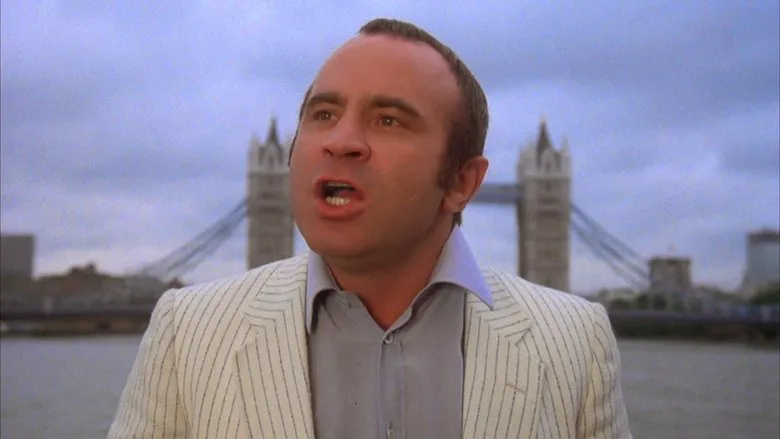
Iconic London Settings and Hidden Gems
26. Harry Potter and the Sorcerer’s Stone
While the whimsical Diagon Alley remains a magical figment of imagination, the enchanting Harry Potter and the Sorcerer’s Stone features numerous real London locations. These include breathtaking aerial shots of the city’s sprawling expanse, the elegantly twisting Millennium Bridge, and the iconic King’s Cross Station with its hidden Platform 9¾. Moreover, the majestic interiors of Hogwarts were beautifully inspired by the timeless architecture of Oxford and Cambridge universities.
27. The King’s Speech
In the acclaimed historical drama The King’s Speech, London’s very own streets, grand cathedrals, and King George VI’s residences serve as far more than mere background elements. They are integral to setting the authentic period atmosphere and providing a regal psychological backdrop for the King’s struggle with his stammer and the weight of his responsibilities during a turbulent historical period.
28. Alfie
The classic 1966 film Alfie prominently features a selection of London’s instantly recognizable landmarks, including the majestic Tower Bridge and the iconic Battersea Power Station. The film also showcases the opulent and luxurious May Fair Hotel, giving a glimpse into the more glamorous, or at least aspirational, facets of London life during the swinging sixties.
29. Blow-Up
Michelangelo Antonioni’s enigmatic Blow-Up features the quaint Maryon Park in East London as the pivotal setting for a potential murder mystery. The film captures an iconic exchange where Vanessa Redgrave’s character confronts the protagonist photographer, asserting, “You can’t just take pictures of people like that. It’s a public place,” raising profound questions about privacy, reality, and perception in urban spaces.
30. Eastern Promises
In the gritty crime thriller Eastern Promises, Viggo Mortensen’s character partakes in a memorably brutal and intense fight scene within the historic Ironmonger Row Baths, London’s oldest surviving public bathhouse. The film’s cinematographer, Peter Suschitzky, the son of Wolfgang Suschitzky (who famously photographed 1930s London), meticulously selected authentic and evocative locations, ensuring a realistic visual tapestry.
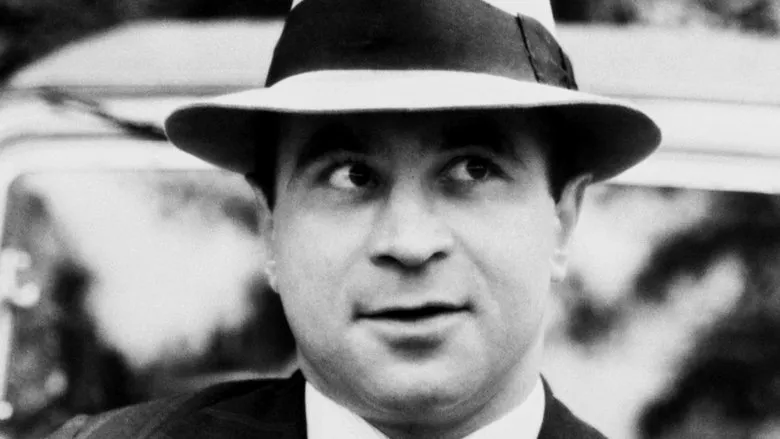
31. Shaun of the Dead
Edgar Wright’s acclaimed zombie comedy Shaun of the Dead cleverly uses distinctive London locations like Crouch End and the beloved Winchester pub as crucial, character-filled elements of its apocalyptic narrative. The film truly resonated with local residents, many of whom enthusiastically showcased their support by participating as zombie extras, adding a layer of community engagement to the cult classic.
32. Truly Madly Deeply
Despite its commendably low budget, the heartfelt romance Truly Madly Deeply is richly enhanced by its authentic London setting. The city itself adds a unique texture and subtle charm to the film’s exploration of grief, love, and spiritual connection, proving that London’s character can elevate a story irrespective of production scale.
33. A Fish Called Wanda
The hilarious crime caper A Fish Called Wanda gains a considerable sense of realism and local credibility from its on-location filming in London. Scenes set in genuine areas like Bermondsey, Clerkenwell Green, and Maida Vale resonate profoundly with Londoners, who can recognize the familiar backdrops and feel a stronger connection to the film’s comedic espionage.
34. The Lavender Hill Mob
In a delightful instance of life imitating art, or perhaps influencing it, London banks provided invaluable expertise and consulting to the filmmakers of The Lavender Hill Mob. They even aided in meticulously crafting the intricate details of the robbery plot itself, lending an air of plausible authenticity to this beloved Ealing comedy about an unlikely gold heist.
35. The Ladykillers
The charming and devious landlady in The Ladykillers is played by Katie Johnson, a well-known stage actress in London, lending the film an established theatrical pedigree. This classic is held in high regard within British cinematic history, and Johnson’s character is celebrated as a quintessential “Londoner,” embodying a particular archetype of the city’s inhabitants.
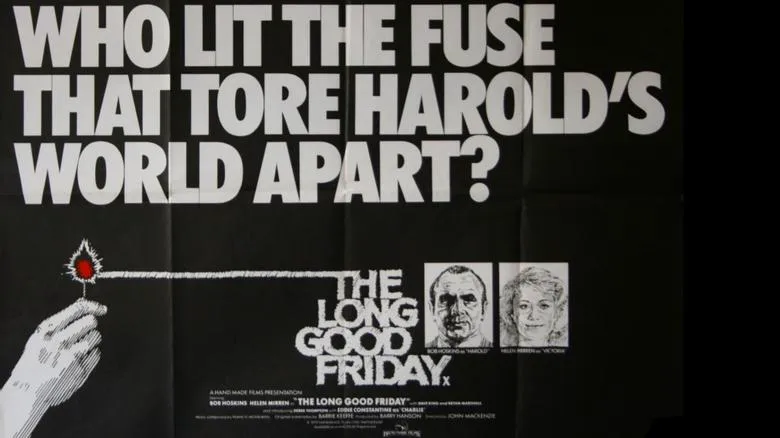
London’s Action, Dystopia, and Unseen Sides
36. The Italian Job
Due to practical budget constraints, the majority of The Italian Job was famously filmed in Turin, Italy. However, the film’s instantly iconic and exhilarating car chase sequence, featuring the legendary MINI Coopers, was decisively brought to life in South London, showcasing them expertly zipping through the city’s streets and ingeniously even through subway tunnels, creating an enduring cinematic moment.
37. Frenzy
Alfred Hitchcock, the master of suspense, made a triumphant return to his native London to film Frenzy. In this chilling thriller, he meticulously captures the city’s everyday details with an almost documentary-like realistic approach, lending a stark authenticity to the unfolding horror. Covent Garden Market serves as a particularly significant and atmospheric location within the film’s narrative.
38. Children of Men
Inspired by the dystopian vision of Kubrick’s A Clockwork Orange, director Alfonso Cuarón made the inspired choice to set his dark, future-set thriller Children of Men in London. The film’s profoundly bleak, melancholic atmosphere is visibly amplified by London’s frequently dreary and overcast weather, which perfectly complements the stark narrative of a world grappling with infertility and societal collapse.
39. Nineteen Eighty-Four
Michael Radford’s haunting adaptation of George Orwell’s chilling novel Nineteen Eighty-Four uses a stark and oppressive London as the grim backdrop for its dystopian vision of a totalitarian society. In this powerful political allegory, the city itself transcends its geographical bounds to become a crucial and oppressive character, mirroring the psychological imprisonment of its inhabitants.
40. The Long Good Friday
Boasting a raw authenticity, The Long Good Friday is often hailed as a quintessential “London film” of the 1980s, skillfully showcasing various intricate facets of the city’s underworld life. The production even controversially involved real-life gangsters to lend an unvarnished edge to its portrayal of organized crime, making it a gritty, unflinching portrait of the era.
41. The Omen
The chilling supernatural horror film The Omen reveals a sinister and unsettling dimension of London, subtly pervaded by an unnerving sense of evil. From its initial scenes at Windsor Safari Park to the imposing American Embassy, the film cleverly weaves its malevolent atmosphere through mundane city locales, creating an unsettling backdrop for supernatural terror.
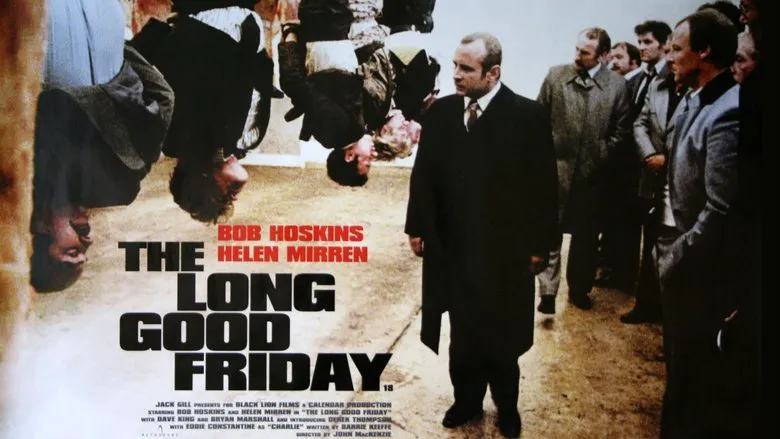
42. Withnail & I
The beloved cult classic Withnail & I vividly captures the essence of a particular strain of London bohemian life through its various, often bleak, locations, including Westbourne Terrace in Notting Hill. Beyond just setting, the film cleverly encapsulates elements of dry British humor, fierce camaraderie, and subtly explored undertones, reflecting the often-unconventional aspects of London life.
43. Tinker Tailor Soldier Spy
The intricate espionage thriller Tinker Tailor Soldier Spy conjures a potent sense of melancholic nostalgia with its intentionally cold color palette. Filmed on location across London, the film immerses viewers in the muted, gray-blue streets of Kensington during the chilling atmosphere of the 1970s, making the city a silent witness to a world of betrayal and double agents.
44. Performance
Nicolas Roeg’s psychedelic crime drama Performance offers a far more raw and visceral view of Notting Hill compared to the later romanticized portrayal in Notting Hill. The film throbs with British rock music and innovatively incorporates themes of parallel worlds and identity diffusion, deeply inspired by the surreal writings of Jorge Luis Borges, creating a fragmented yet compelling vision of London.
45. Billy Liar
The witty kitchen-sink drama Billy Liar effectively captures the essence of working-class London life and youthful ambition. Its characters famously spend their time in iconic London spots such as the bustling Lyons Corner House, the verdant expanses of Hyde Park, and the dazzling, active heart of Piccadilly Circus, making these landmarks feel intimately connected to their aspirations.
46. An American Werewolf in London
John Landis’ cult horror-comedy An American Werewolf in London creates one of cinema’s most memorable and gruesome werewolf transformations, chillingly set right in London’s famous and brightly lit Piccadilly Circus. This stark contrast between the iconic public square and the horrific monstrous unfolding creates a truly unforgettable scene for horror aficionados.
47. A Clockwork Orange
Stanley Kubrick, with his unparalleled eye for detail, found numerous suitable and strikingly evocative locations within London for his groundbreaking dystopian masterpiece A Clockwork Orange. Remarkable decades later, many of these chosen Brutalist and modern architectural sites remain eerily unchanged, bearing testimony to Kubrick’s vision and London’s evolving urban landscape.
48. Repulsion
Roman Polanski’s psychological horror film Repulsion, starring the iconic Catherine Deneuve, vividly portrays London as a cold, imposing, and ultimately unwelcoming city from the perspective of its increasingly disturbed protagonist. The urban environment slowly mirrors her escalating paranoia and psychological decay, making the city itself feel like an oppressive force.
49. My Beautiful Laundrette
Stephen Frears’ poignant and groundbreaking film My Beautiful Laundrette provides a crucial and authentic glimpse into London during the politically charged Thatcher era. The film bravely explores complex themes of racism, emergent homophobia, and profound social change, portraying an intimate, cross-cultural relationship set against the backdrop of a rapidly transforming city.
50. Passport to Pimlico
The delightful Ealing comedy Passport to Pimlico offers a charming and remarkably accurate depiction of everyday London life immediately following World War II. Beyond its comedic premise, the film serves as an endearing guide to the city’s quirks and character, celebrating London’s resilience and community spirit in a unique fashion.